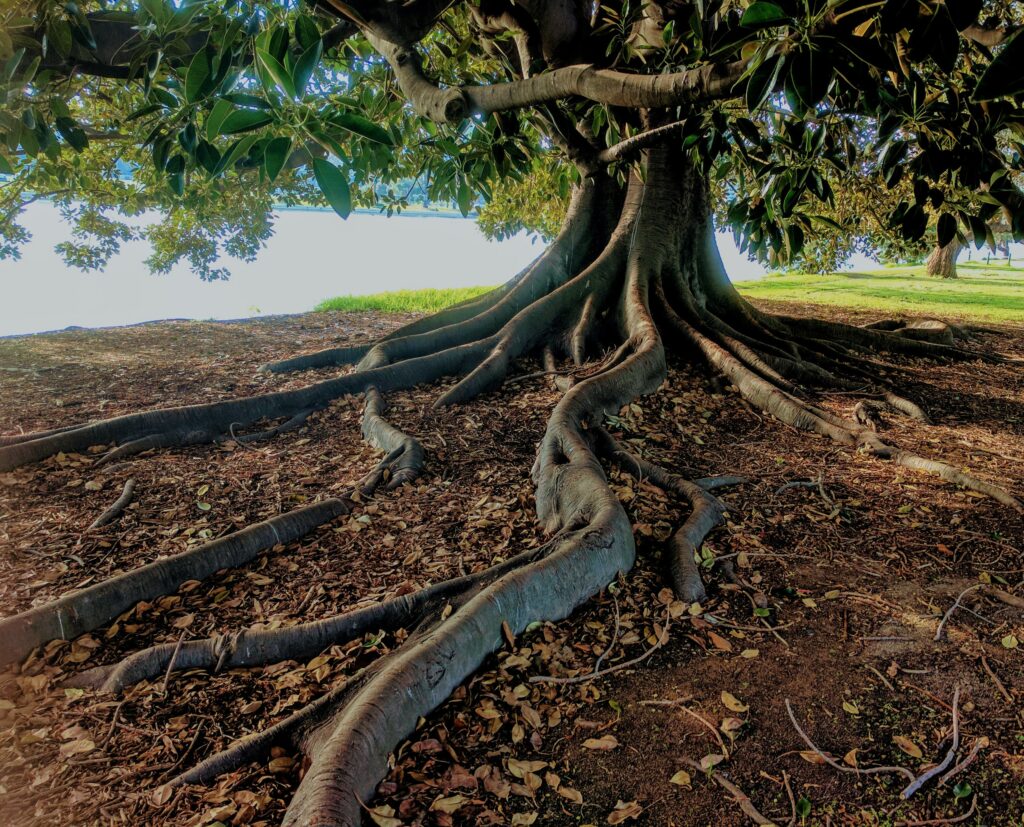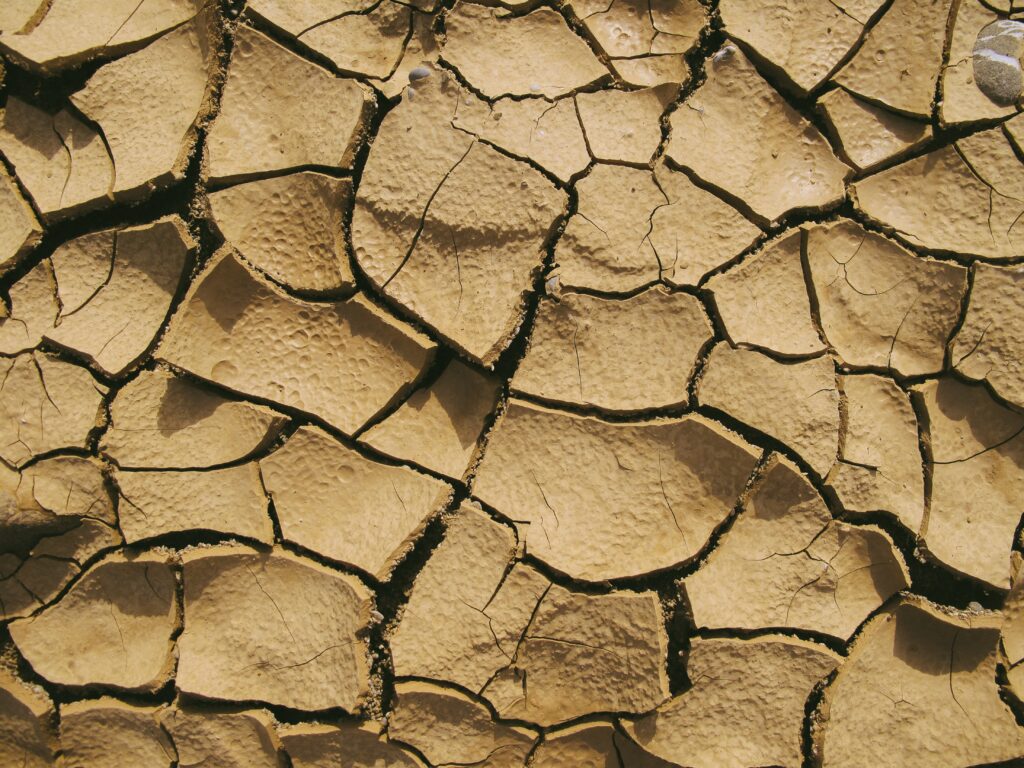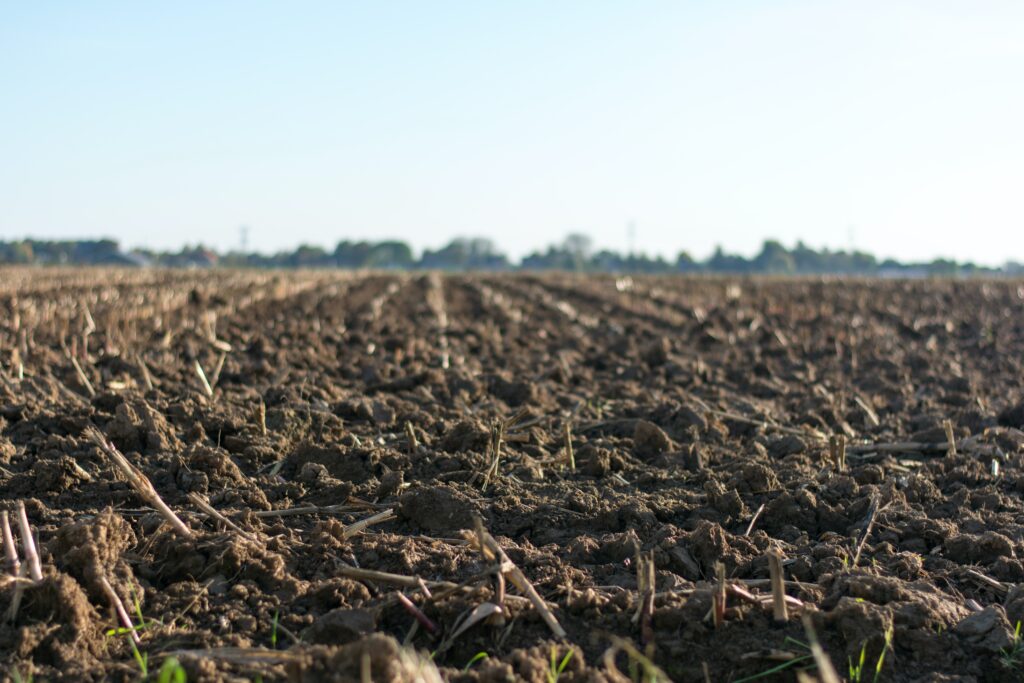In some soils over 95% of infiltrated rainwater travels through less than .5% of the total soil volume. The reason? Macropores!
In last weeks post I explained the basic concept of how water moves through hillslope soils with the most important feature being “water highways”, scientifically called preferential flowpaths or macropores.
These pathways can have different origins: animals (like earthworms or moles), plants (like dead roots), soil-cracks (through drying and shrinking of the soil) and due to human activity (like ploughing a field). The openings can persist over multiple years and even decades. Their occurence however can change if the landuse or plant-animal comunity changes. Less foxes due to human hunting can for instance lead to a bigger mice-population, resulting in more preferential flowpaths.



This post is part of my water science communication series #waterwednesday where I weekly post short researchfindings or just stuff that interests me
Sources:
Beven, K. and Germann, P. (1982) “Macropores and water flow in soils,” Water Resources Research, 18(5), pp. 1311–1325. Available at: https://doi.org/10.1029/wr018i005p01311
Watson, K.W. and Luxmoore, R.J. (1986) “Estimating macroporosity in a forest watershed by use of a tension infiltrometer,” Soil Science Society of America Journal, 50(3), pp. 578–582. Available at: https://doi.org/10.2136/sssaj1986.03615995005000030007x


Comments are closed